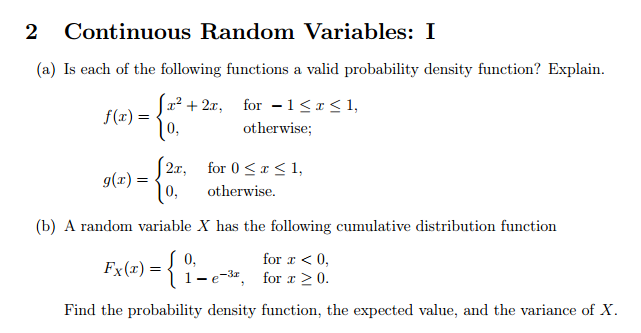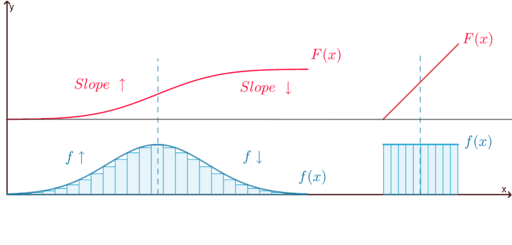


Unfortunately, it’s very hard to calculate probability if you use Seaborn to make density plots using distplot.Īfter spending some hard time figuring out how to calculate probability, I decided to use KernelDensity from sklearn. This is where the importance of calculating probability from probability density plots comes in. You’re not well prepared and your credibility as a data scientist instantly falls apart if you’re not able to prove your points. Because the conclusion comes from your observation of the overall distribution of data.Įven worst, now you don’t have any numerical evidence - exact probability -to support your claim. Imagine now your boss asks this question and challenges your statement, “How earlier Alaska Airlines flights are compared to United Airlines and how high the chances of this occurrence? Do you have any numerical evidence to show that your conclusion is correct?” Looking back at the density plot above visually, you may have come to a conclusion that Alaska Airlines flights tend to be earlier more often than United Airlines. Why probability density plots are not convincing enough? We could then use Equation (9.1) to find their distribution under any arbitrary parameterization. Suppose that we could use some inverse theory to calculate the distribution of the model parameters under a particular parameterization. You can get the dataset and jupyter notebook from my GitHub. This probability density function could be applied in the case of a measurement technique that can detect a fish in a lake.
Probability density function calculator full#
In this article, I’ll show you the full code I used to calculate probability and explain to you step by step on how you can do it as well.īy the end of this article, I hope you’ll understand the distribution of data better by calculating the actual probability within a range of values and subsequently be able to convince stakeholders with your insights. However, getting the exact probability under the curve is extremely important (I’ll tell you why in the next section), especially when you’re presenting to business stakeholders. In other words, it’s hard to quantify the probability under the curve by just looking at the plot.

Typically, probability density plots are used to understand data distribution for a continuous variable and we want to know the likelihood (or probability) of obtaining a range of values that the continuous variable can assume.īy showing probability density plots, we’re only able to understand the distribution of data visually without knowing the exact probability for a certain range of values. The kernel most often used is a Gaussian (which produces a Gaussian bell curve at each data point)Ī probability density plot simply means a density plot of probability density function (Y-axis) vs data points of a variable (X-axis). In this method, a continuous curve (the kernel) is drawn at every individual data point and all of these curves are then added together to make a single smooth density estimation. The most common form of estimation is known as kernel density estimation (KDE). Well… First of all, what’s a density plot? A great and clear explanation by Will Koehrsen is this:Ī density plot is a smoothed, continuous version of a histogram estimated from the data.


 0 kommentar(er)
0 kommentar(er)
